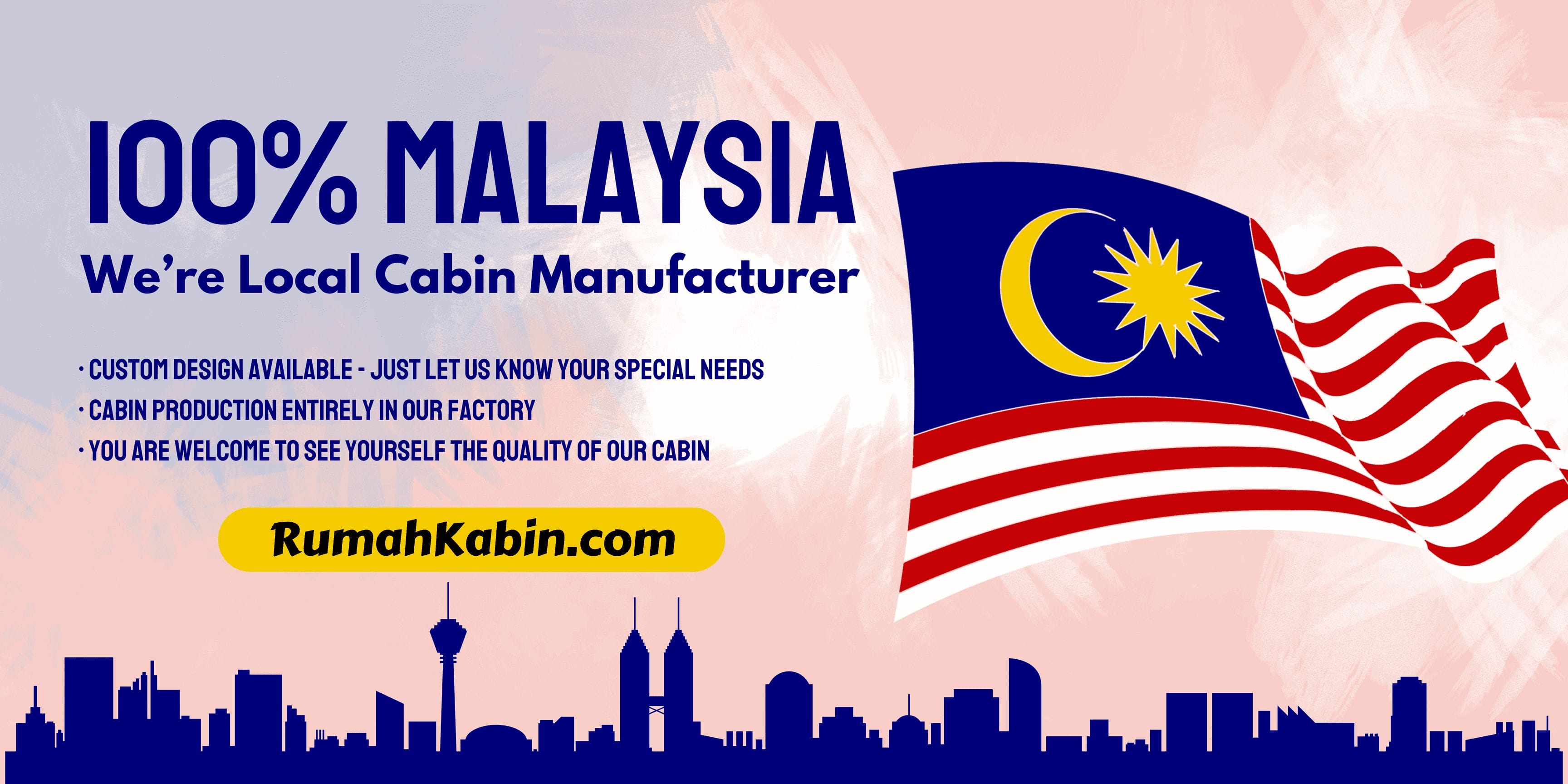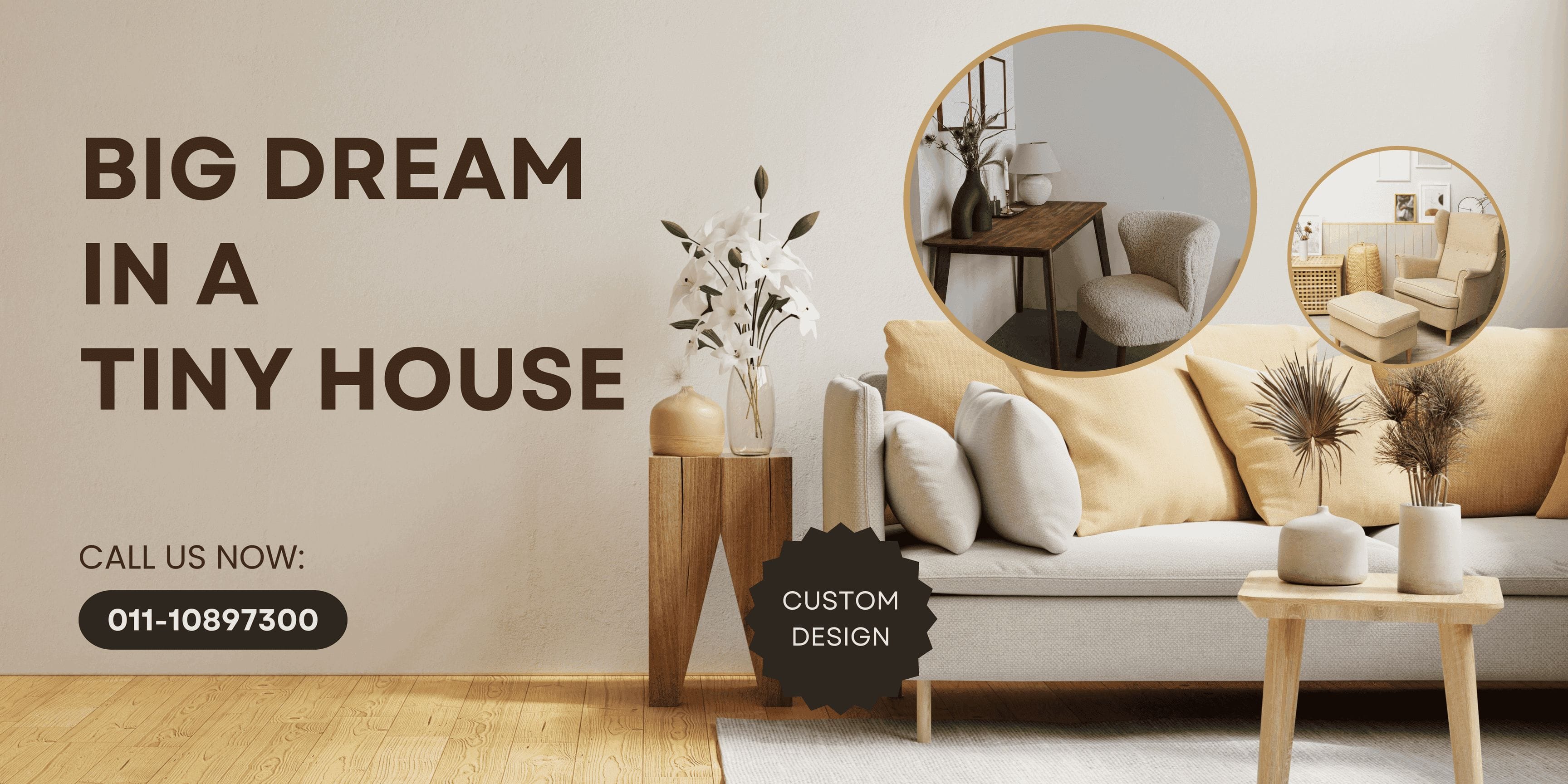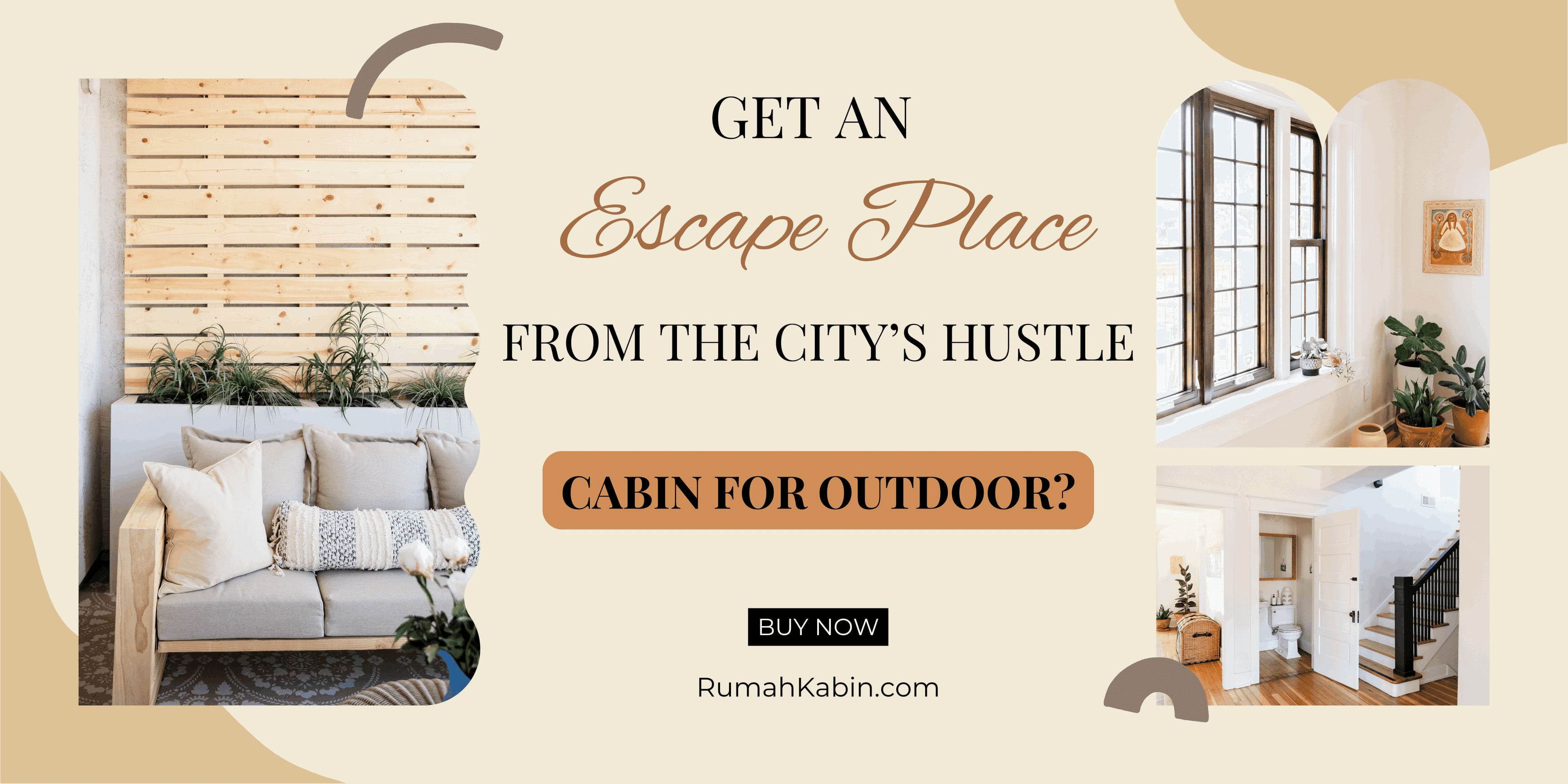🏚️ 7 Surprising Reasons Why Portable Cabins are the Future of Housing 🌟
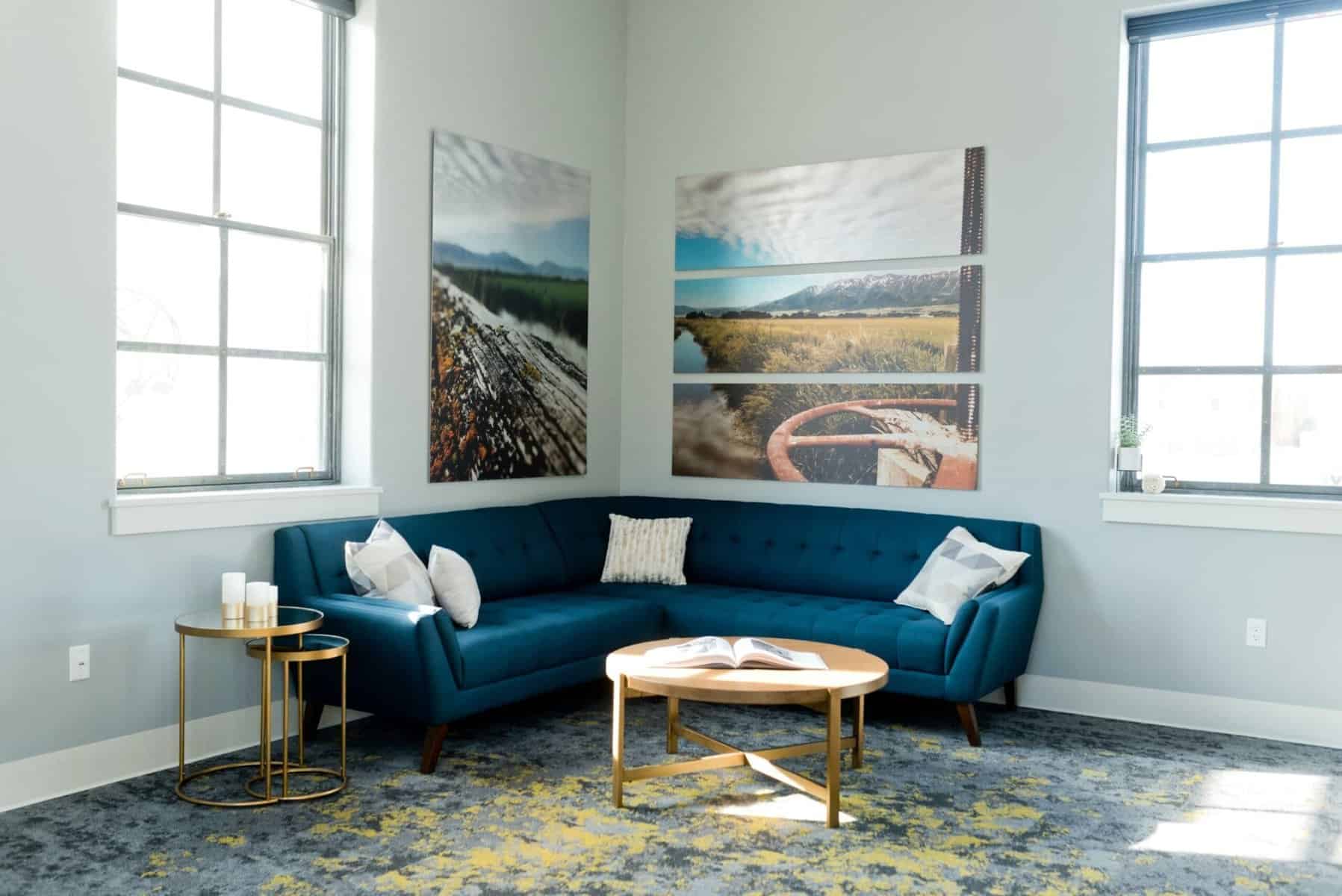
1. The Unbeatable Advantages of Portable Cabins
Portable cabins, also known as prefabricated or modular homes, have been gaining popularity in recent years – and for good reason. These innovative housing solutions offer a range of benefits that traditional homes simply can’t match.
One of the biggest advantages of portable cabins is their affordability. Because they are manufactured off-site in a controlled environment, portable cabins can be produced more efficiently and at a lower cost than site-built homes. This means that buyers can get more bang for their buck, without sacrificing quality or comfort.
Another major benefit of portable cabins is their quick construction time. While traditional homes can take months or even years to build, a portable cabin can be manufactured and installed on-site in a matter of weeks. This is especially appealing for those who need housing quickly, such as in emergency situations or for temporary worker accommodations.
Portable cabins are also incredibly versatile. They can be used for a wide range of purposes, from primary residences and vacation homes to offices, classrooms, and even temporary medical facilities. Their modular design allows for easy customization and expansion, so they can adapt to changing needs over time.
In addition, portable cabins are often more environmentally friendly than traditional homes. Many manufacturers use sustainable materials and energy-efficient construction methods, which can reduce the carbon footprint of the building. Portable cabins can also be designed to maximize natural light and ventilation, reducing the need for artificial lighting and air conditioning.
| Advantage | Description |
|---|---|
| Affordability | Lower production costs and efficient manufacturing |
| Quick Construction | Can be installed on-site in a matter of weeks |
| Versatility | Adaptable for various purposes and easy to customize |
| Eco-Friendliness | Sustainable materials and energy-efficient design |
Of course, portable cabins aren’t without their drawbacks. Some people may prefer the permanence and solidity of a traditional home, and there can be limitations on where portable cabins can be placed due to zoning regulations. However, for many people, the benefits of portable cabins far outweigh the potential downsides.
As the housing market continues to evolve and people seek out more flexible and affordable living solutions, it’s clear that portable cabins will play an increasingly important role. With their unbeatable advantages in terms of cost, speed, versatility, and sustainability, portable cabins are poised to revolutionize the way we think about housing in the years to come.
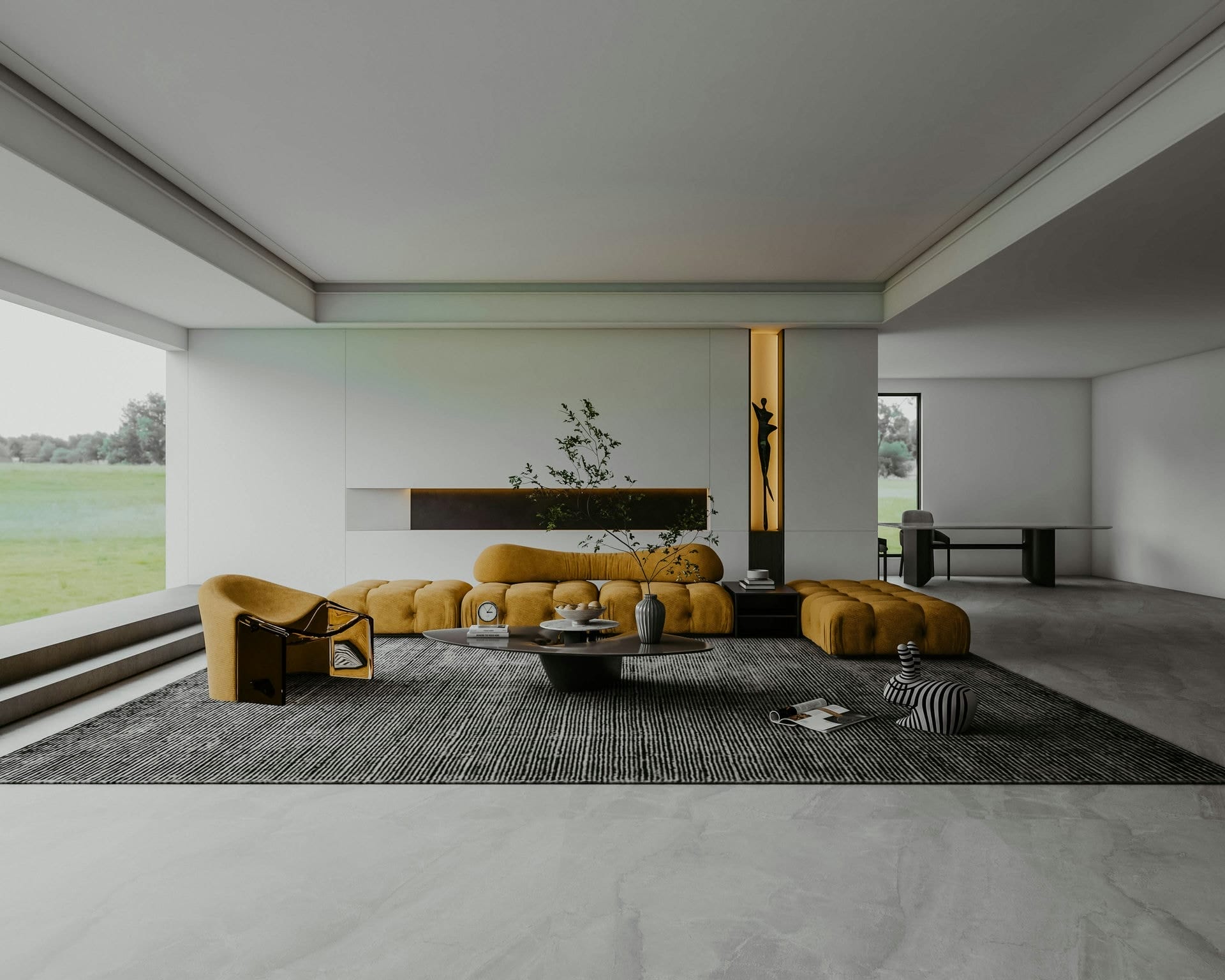
billy jo catbagan PbS9rXhsYIU unsplash
2. Customization is King: Designing Your Dream Portable Cabin
One of the greatest advantages of choosing a portable cabin is the ability to customize it to your exact specifications and needs. Unlike traditional homes, which are often built to a standard template with limited options for personalization, portable cabins can be designed from the ground up to suit your unique lifestyle and preferences.
The customization process typically starts with choosing the size and layout of your cabin. Portable cabins come in a wide range of sizes, from compact studio-style units to spacious multi-bedroom homes. You can work with the manufacturer to determine the optimal floor plan for your needs, taking into account factors such as the number of occupants, desired living spaces, and storage requirements.
Next, you’ll have the opportunity to select the specific materials and finishes for both the interior and exterior of your cabin. This includes everything from the type of siding and roofing to the flooring, cabinetry, and fixtures. Many manufacturers offer a range of options to suit different budgets and aesthetic preferences, from basic and functional to high-end and luxurious.
You can also customize the amenities and features of your portable cabin to make it truly your own. This might include adding a deck or porch for outdoor living space, installing energy-efficient appliances and lighting, or incorporating smart home technology for added convenience and security. Some manufacturers even offer the option to include specialized spaces like home offices, fitness rooms, or art studios.
The level of customization available will depend on the specific manufacturer and the type of portable cabin you choose. Some companies offer a range of pre-designed models with limited customization options, while others specialize in fully bespoke cabins that are tailored to each individual client.
| Customization Option | Examples |
|---|---|
| Size and Layout | Studio, 1-bedroom, 2-bedroom, multi-room |
| Materials and Finishes | Siding, roofing, flooring, cabinetry, fixtures |
| Amenities and Features | Decks, porches, appliances, smart home technology |
| Specialized Spaces | Home offices, fitness rooms, art studios |
One of the benefits of working with a reputable portable cabin manufacturer is that they will typically offer design support and guidance throughout the customization process. This can include providing 3D renderings and virtual tours of your proposed cabin, as well as offering expert advice on materials, layouts, and features to help you make informed decisions.
Ultimately, the ability to customize your portable cabin means that you can create a living space that is perfectly suited to your needs and preferences. Whether you’re looking for a cozy weekend retreat, a spacious family home, or a unique and personalized living solution, a custom-designed portable cabin can make your housing dreams a reality.
3. Insulation Innovation: How Portable Cabins Keep You Comfortable
When it comes to portable cabins, insulation is key to ensuring a comfortable living environment year-round. Unlike traditional homes, which are often built on-site with standard insulation materials, portable cabins require specialized insulation solutions that can withstand the rigors of transportation and installation.
One of the most innovative insulation materials used in portable cabins today is closed-cell spray foam. This type of insulation is sprayed directly onto the walls, ceiling, and floor of the cabin, creating a seamless and airtight barrier that prevents heat transfer and moisture infiltration. Closed-cell spray foam has a higher R-value per inch than traditional fiberglass insulation, meaning it provides superior thermal performance in a thinner profile.
Another advanced insulation option for portable cabins is vacuum insulated panels (VIPs). These panels consist of a porous core material that is encased in an airtight envelope and then vacuum-sealed to remove all air. The result is an ultra-thin, highly efficient insulation material that can achieve R-values of up to R-40 per inch. VIPs are particularly useful in areas where space is at a premium, such as in the walls and roof of a portable cabin.
In addition to these high-tech insulation materials, many portable cabin manufacturers also use traditional insulation methods in combination with advanced air sealing techniques. This might include using fiberglass batts or blown-in cellulose insulation in the walls and attic, along with a continuous air barrier to prevent drafts and leaks.
Proper insulation not only helps to keep the interior of a portable cabin comfortable, but it can also lead to significant energy savings over time. A well-insulated cabin will require less energy to heat and cool, reducing utility bills and environmental impact. Some manufacturers even offer energy-efficient packages that include additional insulation, high-performance windows and doors, and efficient heating and cooling systems.
| Insulation Type | R-Value per Inch | Benefits |
|---|---|---|
| Closed-Cell Spray Foam | R-6 to R-7 | Airtight, moisture-resistant, high R-value |
| Vacuum Insulated Panels | Up to R-40 | Ultra-thin, highly efficient, space-saving |
| Fiberglass Batts | R-2.2 to R-2.7 | Affordable, widely available, easy to install |
| Blown-In Cellulose | R-3.2 to R-3.8 | Eco-friendly, fire-resistant, good sound insulation |
When choosing a portable cabin, it’s important to ask about the specific insulation materials and methods used by the manufacturer. A reputable company should be able to provide detailed information about their insulation practices and the expected performance of their cabins in different climates.
Ultimately, the innovative insulation solutions used in today’s portable cabins mean that these structures can provide a comfortable and energy-efficient living environment in any season and any location. Whether you’re looking for a cozy retreat in the mountains or a year-round residence in a temperate climate, a well-insulated portable cabin can keep you comfortable and save you money on energy costs over the long term.

becca tapert uGak0qtrphM unsplash
4. Built to Last: The Durability of Portable Cabin Materials
When investing in a portable cabin, one of the most important considerations is the durability of the materials used in its construction. After all, a cabin that is built to last will provide better value for money and require less maintenance over time.
One of the most common materials used in portable cabin construction is steel. Steel is known for its strength, durability, and resistance to the elements. It is also non-combustible, making it an ideal choice for cabins in areas prone to wildfires. Many portable cabin manufacturers use galvanized or coated steel for the frame, walls, and roof of their structures to ensure maximum longevity.
Another popular material for portable cabins is wood. While wood is not as inherently durable as steel, it can still provide a long-lasting and sturdy structure when properly treated and maintained. Many manufacturers use pressure-treated lumber or engineered wood products that are resistant to moisture, insects, and decay. Cedar and redwood are also popular choices for their natural resistance to the elements.
For the exterior cladding of a portable cabin, fiber cement siding is a durable and low-maintenance option. This type of siding is made from a mixture of cement, sand, and cellulose fibers, and is designed to withstand harsh weather conditions and resist damage from impact, fire, and pests. Fiber cement siding can also be painted or stained to match any desired aesthetic.
The roofing of a portable cabin is another critical component when it comes to durability. Metal roofing, such as steel or aluminum, is a popular choice for its longevity and resistance to wind, rain, and snow. Asphalt shingles are another common option, and can provide good durability at a lower cost than metal. Some manufacturers also offer more specialized roofing options, such as green roofs or solar panels, for added sustainability and energy efficiency.
| Material | Durability Benefits |
|---|---|
| Steel | Strong, resistant to elements, non-combustible |
| Treated Wood | Resistant to moisture, insects, and decay |
| Fiber Cement Siding | Withstands harsh weather, resists damage |
| Metal Roofing | Long-lasting, resistant to wind, rain, and snow |
In addition to the core structural materials, portable cabins also rely on durable finishes and hardware to ensure long-term performance. This might include high-quality windows and doors with weather-stripping and secure locking mechanisms, as well as rust-resistant fasteners and hinges.
When evaluating the durability of a portable cabin, it’s important to look beyond the surface and consider the quality of the materials and construction methods used throughout. A reputable manufacturer should be transparent about their building practices and offer warranties or guarantees on their workmanship and materials.
Investing in a portable cabin made with durable, high-quality materials can provide peace of mind and long-term value. Whether you plan to use your cabin as a permanent residence, a vacation home, or a temporary structure, choosing a model built to last will ensure that it serves you well for years to come.
5. Portable Cabins: The Eco-Friendly Housing Solution
As concerns about climate change and environmental sustainability continue to grow, many people are looking for more eco-friendly housing options. Portable cabins offer a compelling solution, thanks to their efficient use of materials, energy-saving features, and small environmental footprint.
One of the biggest environmental benefits of portable cabins is that they are typically built with sustainable, recyclable materials. Many manufacturers use wood from responsibly managed forests, as well as recycled steel, insulation, and other components. This reduces the demand for virgin materials and helps to conserve natural resources.
Portable cabins are also designed to be highly energy-efficient. They are often built with high-quality insulation, double-paned windows, and efficient heating and cooling systems to minimize energy waste. Some models even incorporate solar panels or other renewable energy sources to further reduce their environmental impact.
Another eco-friendly aspect of portable cabins is their small size and minimal land use. Because they are compact and can be placed on a variety of sites, they don’t require large plots of land to be cleared or developed. This helps to preserve natural habitats and reduce the overall environmental footprint of housing.
| Eco-Friendly Feature | Benefit |
|---|---|
| Sustainable Materials | Reduces demand for virgin resources |
| Energy Efficiency | Minimizes energy waste and costs |
| Small Size | Preserves land and natural habitats |
| Renewable Energy | Reduces reliance on fossil fuels |
Finally, portable cabins are often used as temporary or seasonal housing, which can help to reduce the environmental impact of construction over time. Rather than building permanent structures that may only be used for a portion of the year, portable cabins can be moved and reused as needed, minimizing waste and maximizing efficiency.
As more people prioritize sustainability and environmental responsibility in their housing choices, portable cabins are likely to become an increasingly popular option. With their eco-friendly materials, energy-saving features, and small footprint, they offer a compelling alternative to traditional housing that can help to reduce our impact on the planet.

ashley byrd yzkTCP4uc9E unsplash scaled
6. From Offices to Granny Flats: Versatile Uses for Portable Cabins
One of the most appealing aspects of portable cabins is their incredible versatility. These compact, modular structures can be used for a wide variety of purposes, from temporary housing and home offices to retail spaces and beyond.
One popular use for portable cabins is as a backyard office or studio space. With more people working remotely than ever before, having a dedicated workspace separate from the main living area can be a game-changer for productivity and work-life balance. A portable cabin can provide a quiet, private space for work or creative pursuits, without the need for a lengthy commute.
Another common use for portable cabins is as accessory dwelling units (ADUs) or granny flats. These small, self-contained living spaces can be placed on the same property as a main house, providing additional living space for family members, guests, or renters. They can also be a great option for multi-generational households, allowing older family members to maintain their independence while still being close to loved ones.
Portable cabins are also frequently used for temporary housing in a variety of settings. They can provide comfortable, convenient accommodations for workers at remote job sites, such as in the mining or oil and gas industries. They can also be used as emergency housing in the aftermath of natural disasters, or as temporary shelters for people experiencing homelessness.
| Use Case | Benefits |
|---|---|
| Home Office | Improved productivity and work-life balance |
| Granny Flat | Additional living space and rental income |
| Temporary Housing | Convenient accommodations in remote or emergency situations |
| Retail or Pop-Up Shop | Flexible, low-cost business space |
In addition to these residential uses, portable cabins can also be used for a variety of commercial purposes. They can be used as retail spaces or pop-up shops, allowing businesses to test out new locations or markets without committing to a long-term lease. They can also be used as classrooms, medical clinics, or community centers in underserved areas.
The versatility of portable cabins is one of their greatest strengths. With their modular design and easy transportability, they can be adapted to suit a wide range of needs and settings. As more people discover the many uses for these innovative structures, it’s likely that we’ll see even more creative applications in the years to come.
7. Portable Cabin Financing: Making Your Housing Dreams Affordable
For many people, the dream of owning a home can feel out of reach due to the high costs of traditional housing. However, portable cabins offer a more affordable path to homeownership that can make that dream a reality.
One of the biggest advantages of portable cabins from a financial perspective is their lower upfront cost compared to site-built homes. Because they are manufactured off-site in a controlled environment, portable cabins can be produced more efficiently and at a lower cost than traditional homes. This means that buyers can often purchase a brand-new portable cabin for a fraction of the cost of a comparable site-built home.
In addition to their lower purchase price, portable cabins can also offer ongoing savings on energy costs. Many models are designed with energy efficiency in mind, incorporating features like high-quality insulation, efficient heating and cooling systems, and LED lighting to minimize energy waste. This can translate to significant savings on monthly utility bills over time.
Another financial benefit of portable cabins is their potential for rental income. Because they are self-contained and can be easily moved, portable cabins can be used as short-term rental properties in a variety of settings, from vacation destinations to urban areas with high housing demand. This can provide a steady stream of passive income to offset the cost of ownership.
| Financial Advantage | Description |
|---|---|
| Lower Upfront Cost | More affordable than traditional site-built homes |
| Energy Efficiency | Ongoing savings on monthly utility bills |
| Rental Income Potential | Passive income stream to offset ownership costs |
| Financing Options | Variety of loans and payment plans available |
Of course, even with their lower costs, purchasing a portable cabin is still a significant investment. Fortunately, there are a variety of financing options available to make it more manageable. Many manufacturers offer in-house financing or partner with lenders to provide loans specifically for portable cabins. There are also government-backed programs like FHA loans that can be used to purchase certain types of prefabricated homes.
Ultimately, the affordability and financial flexibility of portable cabins make them an attractive option for a wide range of buyers. Whether you’re a first-time homebuyer looking to get your foot in the door, or an investor seeking a low-cost rental property, a portable cabin can be a smart financial choice that pays off for years to come.
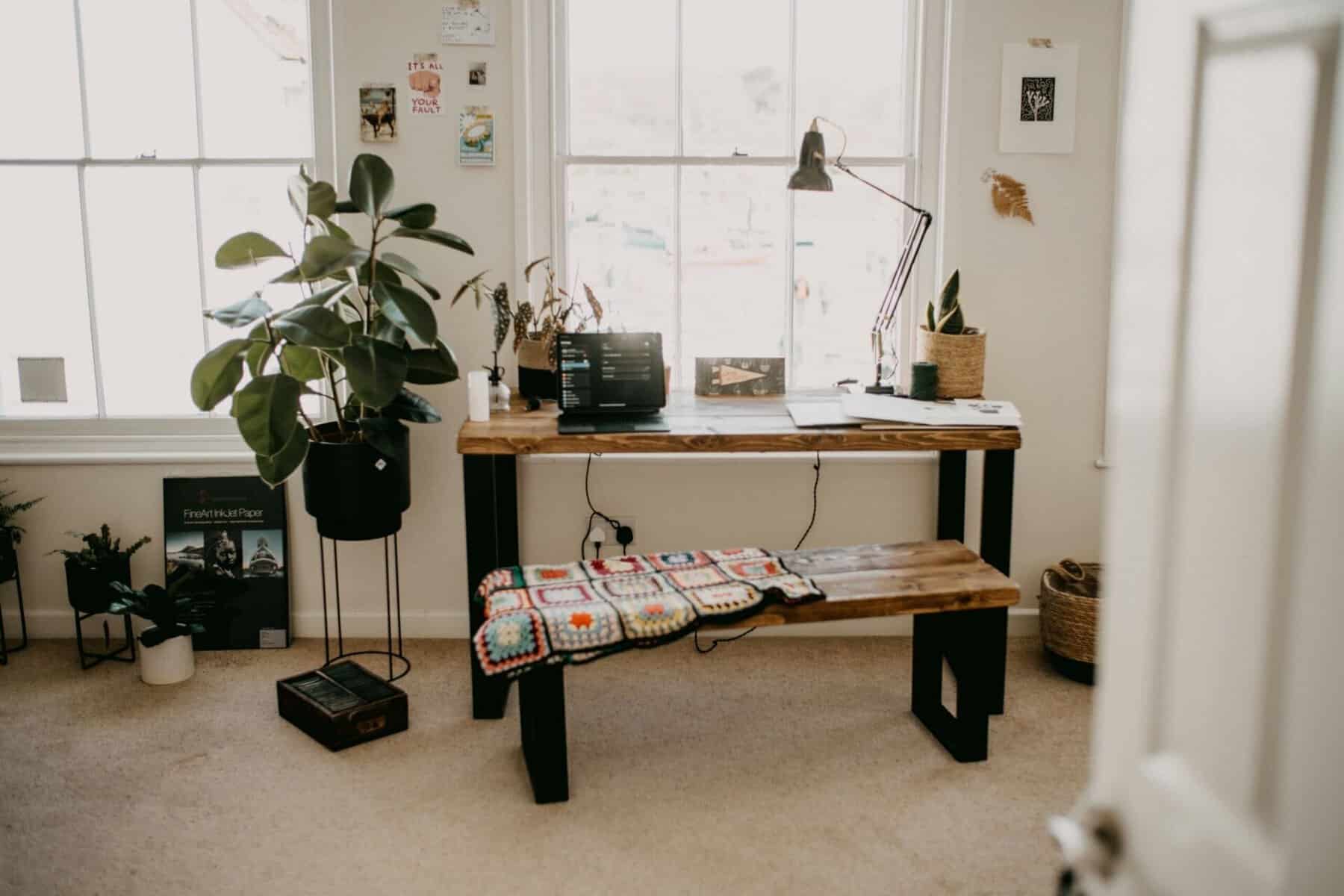
annie spratt CxN tTLY0ZM unsplash scaled
8. Portable Cabins vs Traditional Homes: A Comprehensive Comparison
When it comes to choosing a home, buyers today have more options than ever before. While traditional site-built homes remain the most common choice, portable cabins are increasingly being recognized as a viable alternative with a range of unique benefits. So how do these two housing options stack up against each other? Let’s take a closer look.
| Factor | Portable Cabins | Traditional Homes |
|---|---|---|
| Construction Time | Weeks | Months to Years |
| Upfront Cost | Lower | Higher |
| Customization | Moderate | High |
| Energy Efficiency | High | Varies |
| Maintenance | Lower | Higher |
| Appreciation | Varies | Generally Higher |
| Financing | Specialized Options | Conventional Mortgages |
One of the most significant advantages of portable cabins is their quick construction time. While a traditional home can take months or even years to build, a portable cabin can be manufactured and installed on-site in a matter of weeks. This can be especially appealing for those who need housing quickly, such as in emergency situations or for temporary worker accommodations.
Another key benefit of portable cabins is their lower upfront cost. Because they are manufactured off-site in a controlled environment, portable cabins can be produced more efficiently and at a lower cost than site-built homes. This can make them a more affordable option for first-time buyers or those on a tight budget.
However, traditional homes do have some advantages over portable cabins. They typically offer more opportunities for customization, as buyers can work with architects and contractors to design a home that meets their exact specifications. Traditional homes also tend to appreciate in value more reliably than portable cabins, which can be important for those looking to build long-term wealth.
In terms of energy efficiency and maintenance, portable cabins often have an edge. Many models are designed with high-quality insulation, efficient heating and cooling systems, and durable, low-maintenance materials. This can translate to lower energy bills and fewer repair costs over time.
Financing is another area where portable cabins and traditional homes differ. While conventional mortgages are the most common financing option for traditional homes, portable cabins may require specialized loans or financing programs. However, many manufacturers offer in-house financing options or partner with lenders to make the process more accessible.
Ultimately, the choice between a portable cabin and a traditional home will depend on your specific needs, budget, and priorities. While portable cabins offer a range of benefits in terms of affordability, efficiency, and flexibility, traditional homes may be a better fit for those who prioritize customization and long-term value. By carefully weighing the pros and cons of each option, you can make an informed decision that meets your unique housing needs.
